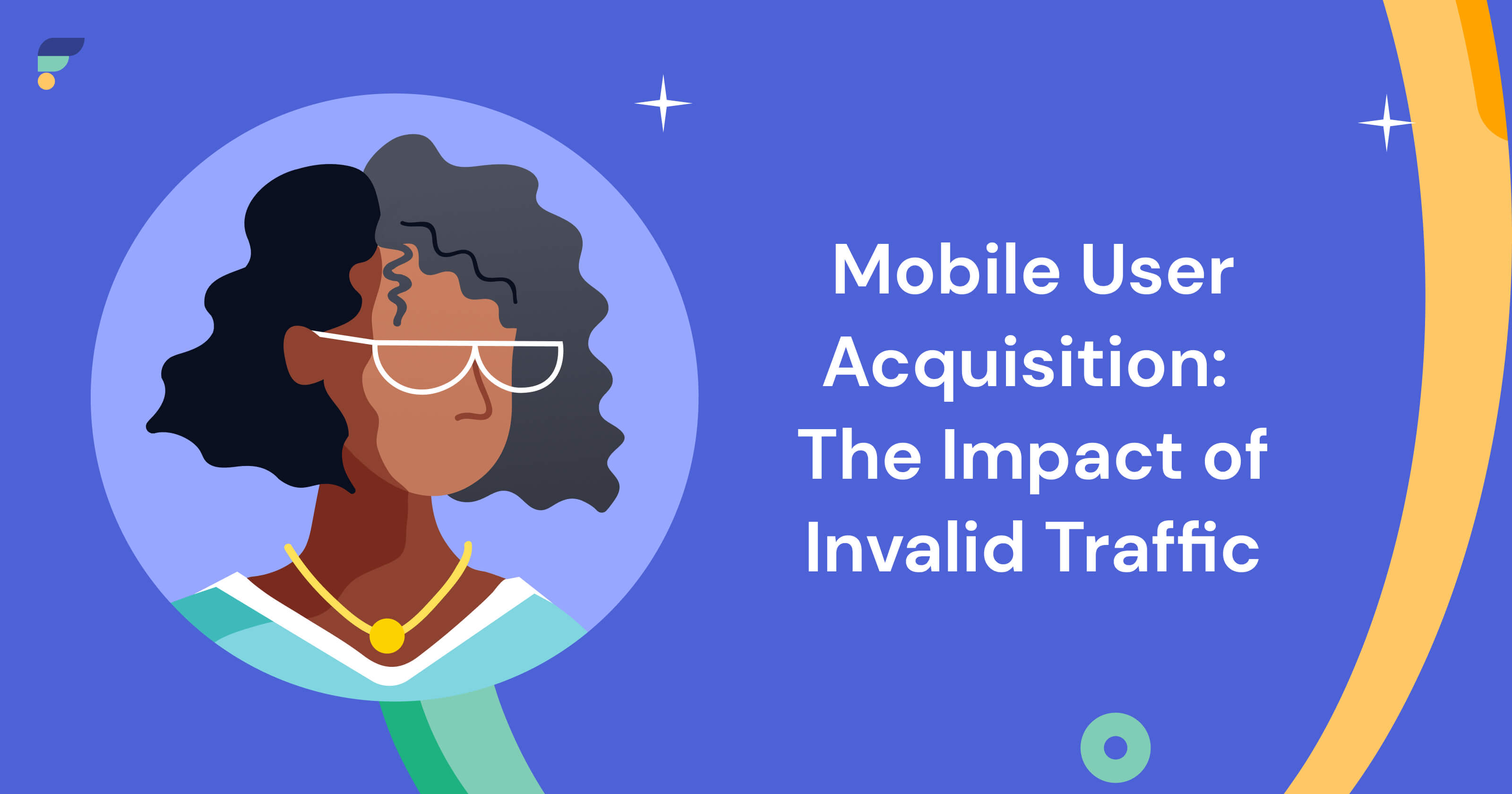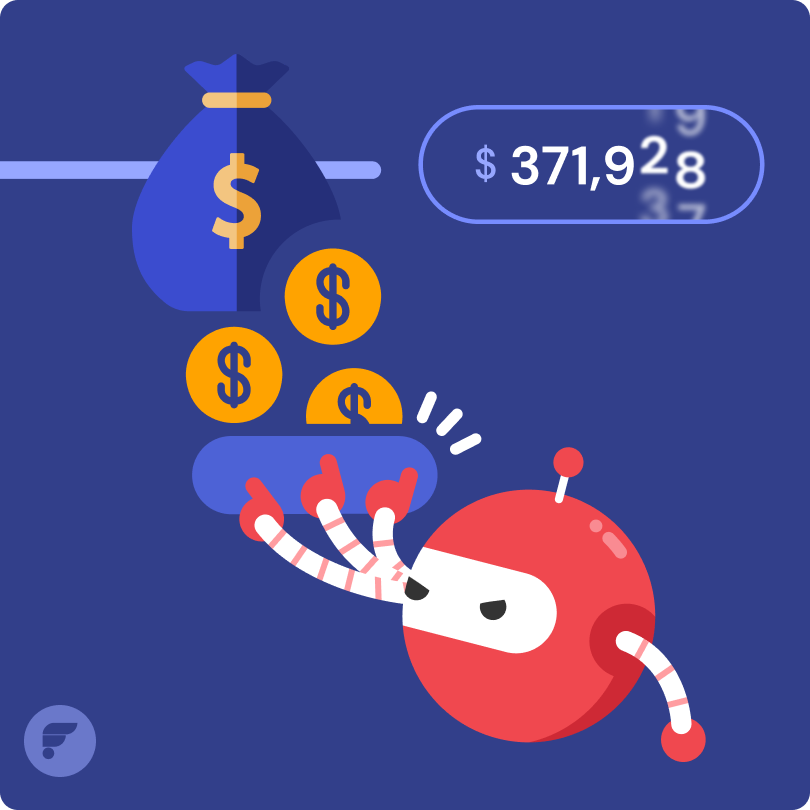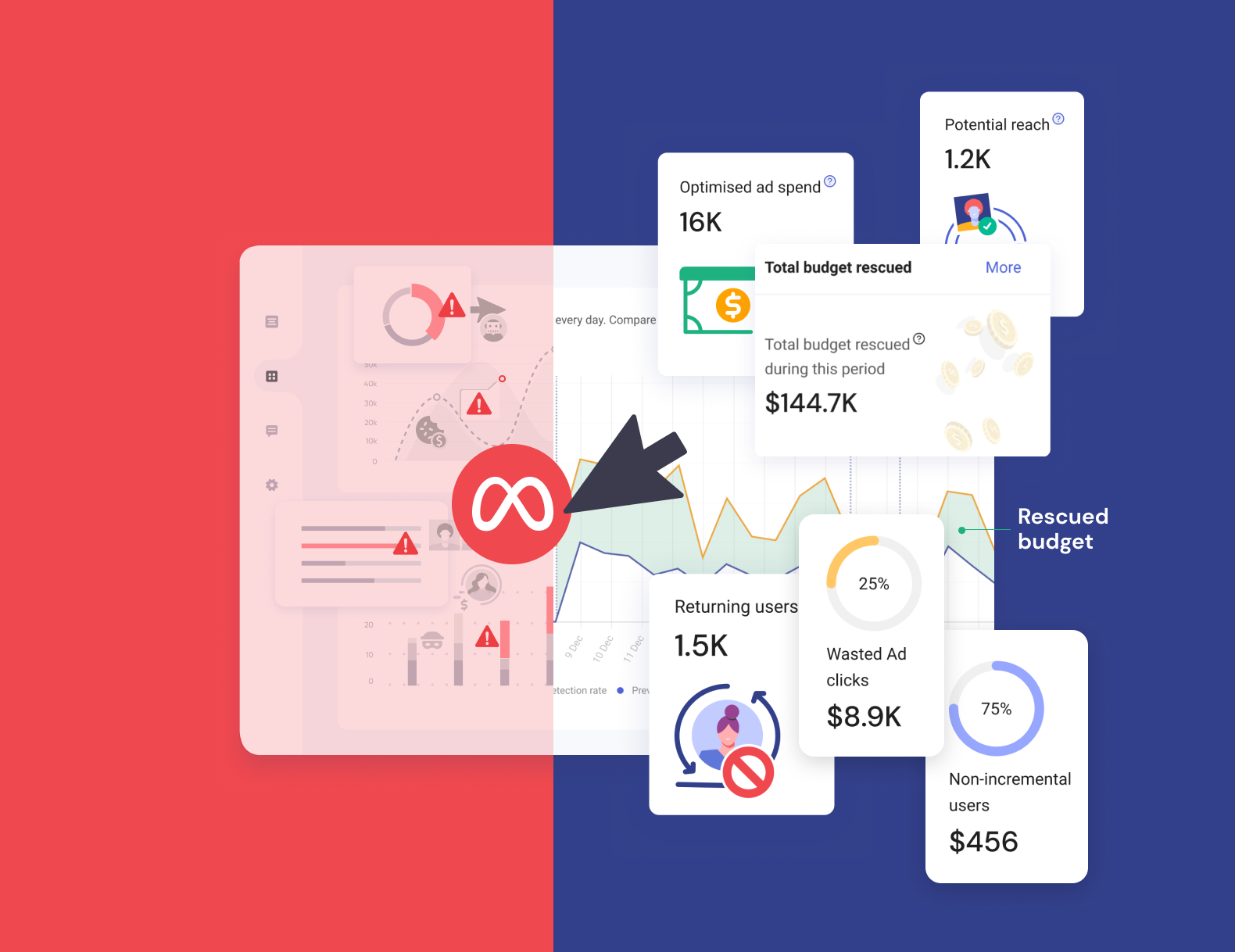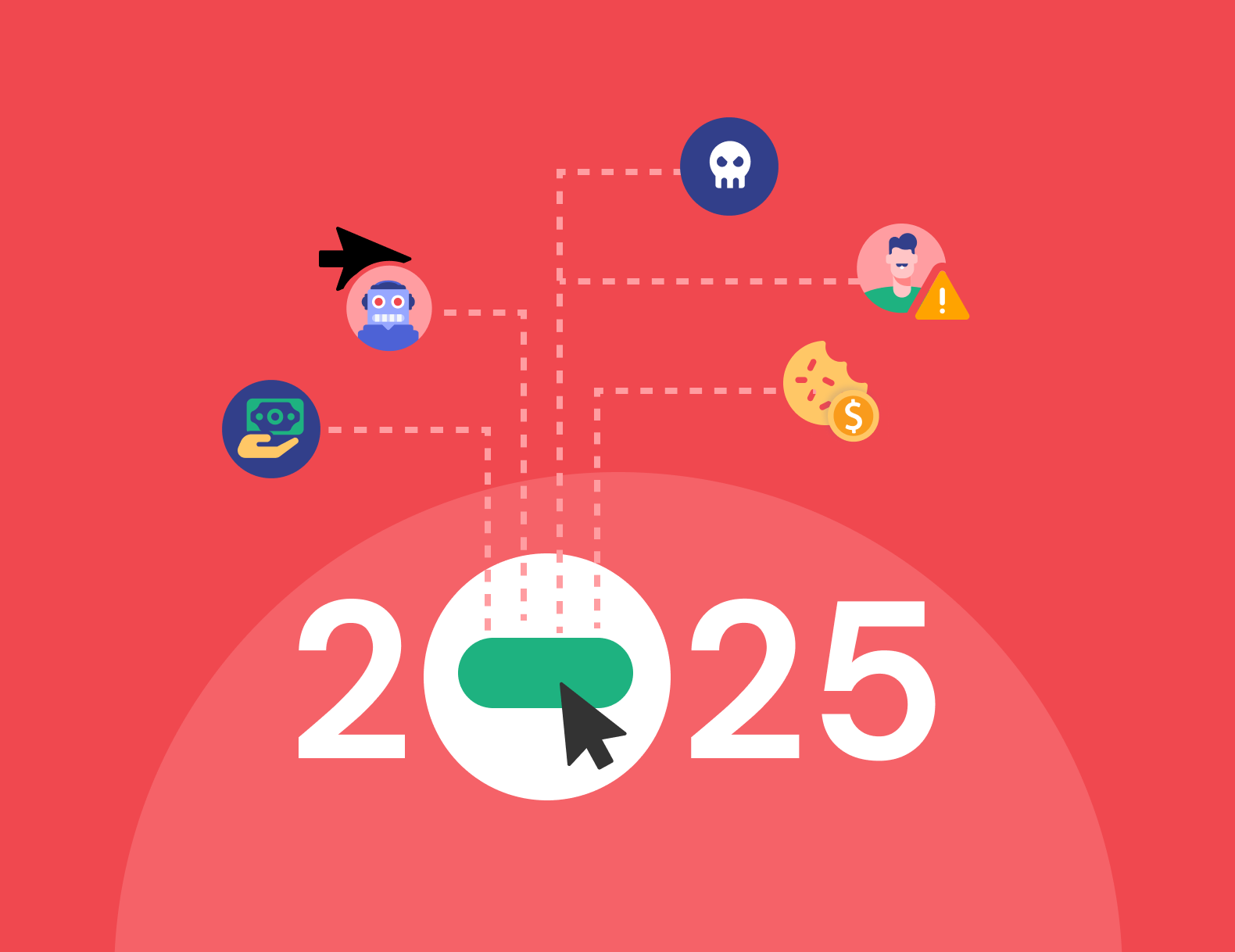The 2023 Guide to Mobile User Acquisition

User acquisition is a crucial aspect of any successful app or mobile product strategy; without a consistent and reliable stream of new users, you’ll never be able to sustain or scale your application. Whether you’re gearing up your marketing strategy for your app startup, or looking to drive user acquisition for an existing business, it’s a top priority for mobile app marketers. As more and more brands join the race to the top of the app store marketplace, savvy businesses are taking a hard look at their mobile app user acquisition strategies.
We’ve pulled together the guide to mobile user acquisition in 2023, covering essential concepts, measurement methods, channels, best practices, and most importantly, the role of invalid protection in your mobile user acquisition strategy.
What is mobile user acquisition?

When we talk about mobile app user acquisition, we’re referring to the strategies and tactics employed by app developers and marketers to attract new users to their mobile offerings. It encompasses a range of activities, including marketing campaigns, advertising efforts, organic growth techniques, and various acquisition channels, all aimed at increasing the user base of a mobile app.
What is the difference between user acquisition and customer acquisition?
While user acquisition and customer acquisition are related terms, they differ in their scope and focus. It’s easy to confuse the two, so let’s clear up the difference before we get started.
User acquisition primarily focuses on acquiring new users for your mobile app or product. It involves attracting individuals who may have never interacted with your app before and converting them into active users.
On the other hand, customer acquisition involves not only attracting users but also nurturing and converting them into long-term, revenue-generating customers. In the context of mobile apps, user acquisition is often the first step in the customer acquisition journey. Once users are acquired, businesses can focus on converting them into paying customers through monetisation strategies, subscriptions, or in-app purchases.
How is mobile user acquisition measured?
As a mobile app marketer, you’ll be expected to report on, and optimise, your user acquisition efforts. Measuring the success of mobile user acquisition efforts is vital for the performance of campaigns, so it’s worth getting familiar with the following metrics so you know what to monitor:
- Number of downloads/installs: Perhaps the most obvious number to look out for! This metric indicates the total number of times your app has been downloaded or installed by users, and literally refers to the amount of *users * your app has *acquired*.
- Cost per install (CPI): CPI measures the average cost incurred to acquire a single user. It helps assess the efficiency and cost-effectiveness of your acquisition campaigns.
- Retention rate: While this comes a couple of steps after your users have been acquired, there’s no point in driving downloads if no one engages with your app. This metric measures the percentage of users who continue to engage with your app after the initial download, with a higher retention rate indicating a more successful user acquisition strategy.
- Lifetime value (LTV): Similar to the above, LTV estimates the revenue generated by a user throughout their entire lifetime as an app user. It helps determine the long-term value of acquired users and assess the return on investment (ROI) of acquisition efforts.
- Return on ad spend (ROAS): ROAS measures the revenue generated from advertising campaigns compared to the cost of those campaigns, it helps evaluate the effectiveness of specific advertising channels and campaigns.
Top five mobile user acquisition channels
There are numerous channels available for acquiring mobile app users, here are our top five for 2023. Remember, it’s important to keep a variety of channels in your marketing mix to ensure you’re reaching a large and diverse audience.
- App store optimisation (ASO): ASO involves optimising various elements of your app store listing, including the app title, keywords, description, screenshots, and reviews. It helps improve visibility in app store search results, leading to increased organic downloads. Think of ASO as digital window-dressing, attracting people to your app.
- Social media: Platforms like Facebook, Instagram, Twitter, and Snapchat offer robust targeting capabilities and extensive reach. Taking advantage of this targeting and creating engaging visuals is an effective way to drive new users to your app.
- Influencer marketing: Collaborating with influential individuals or micro-influencers within your app's niche can be a powerful user acquisition strategy. Influencers can promote your app to their followers, generating awareness and driving downloads.
- Mobile ad networks: Mobile ad networks, such as Universal App Campaigns (UAC), AdMob, and Unity Ads, provide access to a vast network of mobile apps and websites where you can advertise your app. These networks offer various ad formats, including display ads, video ads, and native ads.
- Referral programs: Encouraging your existing users to refer your app to others is an effective way to acquire new users. Implementing referral programs with incentives, such as discounts or exclusive content, can incentivise users to spread the word about your app.
What makes a good mobile app user acquisition strategy?

To achieve successful mobile app user acquisition, consider the following best practices:
- Targeted audience segmentation: This should be the first step of your mobile app marketing strategy. Identify and target specific user segments based on demographics, interests, behaviour, or other relevant factors. Tailor your messaging and acquisition efforts to resonate with each audience segment, and disseminate personalised campaigns accordingly.
- Compelling value proposition: Are you clearly communicating the unique value and benefits your app offers to potential users? Make sure you highlight what sets your app apart from competitors and why users should choose it through your messaging and visuals.
- Effective marketing campaigns: An obvious one! Develop a comprehensive marketing strategy that includes a mix of paid advertising, content marketing, social media promotions, and public relations efforts. Tailor your campaigns to different channels and target audiences to maximise reach and impact.
- Take a data-driven approach: Utilise analytics and tracking tools to gather data on user behaviour, acquisition sources, and campaign performance. Analyse the data to gain insights into user acquisition trends, optimise campaigns, and make data-driven decisions.
- Protection from invalid traffic: This is a biggie. Keeping your traffic clean from the effects of invalid engagement ensures precious ad budget is only spent on acquiring genuine users, and no bad data is included in optimising campaigns or attributing clicks.
What is a good cost of mobile app user acquisition?
The cost of mobile app user acquisition can vary depending on factors such as industry, target audience, competition, and acquisition channels. It's essential to establish a cost-effective acquisition strategy that aligns with your app's revenue potential.
While there is no universal benchmark for a "good" cost of acquisition, it’s good to aim for a cost per acquisition (CPA) that is lower than the lifetime value (LTV) of a user. This ensures a positive ROI from user acquisition efforts.
The effects of invalid traffic in your user acquisition strategy

Ad fraud and invalid traffic pose a significant challenge in the digital advertising ecosystem, including mobile user acquisition. Ad fraud refers to illegitimate or fraudulent activities that artificially inflate ad engagement metrics, waste advertising budgets, and undermine the effectiveness of user acquisition campaigns.
How much ad fraud is in the mobile app industry?
The statistics on ad fraud are alarming. A recent report found that the rate of install fraud on mobile apps worldwide was 7% for Apple iOS apps and 12% for Android apps. In 2022, Apple had to deactivate around 170 million fraudulent customer accounts. The post-attribution fraud rate for iOS apps was also found to be a staggering 20%.
The most concerning prediction is that the total cost of ad fraud will reach $100bn by 2023. Historically, ad fraud was more prevalent among display ads and low-quality publishers, but fraudsters are always finding new ways to stay ahead of their victims.
What impact can invalid traffic have on your mobile app marketing?
Mobile app ad fraud is the enemy of ambitious user acquisition strategies. Bots and bad guys are targeting the app industry because of its big budgets, and it’s having some serious consequences. Here’s how mobile app ad fraud is decimating user acquisition efforts:
You’re spending money on clicks which won’t convert
Budget is wasted on non-genuine engagement, leaving less in the pot to attract verified downloads.
Misattribution hampers crucial optimisation efforts
A single install attributed to the wrong source will inflate the value of that source not just by one install, but by the value of all the subsequent events of that new user. This leads marketers to underinvest in the channels that deliver the best results, weakening acquisition efforts.
How can you prevent the effects of ad fraud on your app
To safeguard your user acquisition efforts and ensure that your resources are utilised efficiently, it is crucial to incorporate ad fraud protection measures in your strategy. Consider the following steps:
- Choose reliable ad networks: Partner with reputable ad networks that have established anti-fraud measures and transparent reporting systems. Conduct research, read reviews, and seek recommendations to select trustworthy partners. Spoiler alert; you can use the data from TrafficGuard to determine which ad networks are driving the most valid traffic.
- Monitor key metrics: Regularly monitor key metrics, such as click-through rates (CTR), conversion rates, and retention rates, to identify any suspicious patterns or anomalies. Sudden spikes or inconsistencies are usually a sign of fraudulent activity.
- Establish clear policies and contracts: When working with ad networks, influencers, or any other partners involved in your user acquisition efforts, ensure that clear policies and contracts are in place. This could include ‘no-bid’ policies on your brand name for affiliate partners.
- Implement fraud detection tools: Utilise an ad fraud detection tool that leverages advanced algorithms and machine learning techniques to identify and prevent fraudulent activities. Luckily for you, we know a great one 👇
TrafficGuard for your mobile app marketing

Our AI/ML-powered ad fraud protection for mobile apps prevents sources of invalid traffic from interacting with your advertisements, mitigating the financial and operational impacts of bots and bad guys. By layering TrafficGuard across your mobile app marketing campaigns wherever they are, from UAC to your mobile measurement partner (MMP), you can enjoy the following performance-boosting benefits.
A boost for your user acquisition
Ad fraud can lead to wasted advertising budgets and lower conversion rates. Our solution blocks this fraudulent traffic, ensuring that your user acquisition campaigns are reaching genuine users who are more likely to engage with the app and generate value.
Optimised ad spend
Not only does ad fraud drain spend, it also leads to an inflated number of clicks, installs, and impressions, causing higher costs for acquiring genuine users. Our protection prevents these inflated metrics and ensures that the app is acquiring genuine users at a sustainable cost.
Enhanced campaign performance
Ad fraud can distort campaign data and mislead app marketers about the effectiveness of their user acquisition efforts. We filter out this fraudulent activity, thus providing accurate and reliable campaign data. This enables app marketers to make data-driven decisions, optimise their campaigns, and allocate resources effectively.
TrafficGuard case study: Supercharging Smarkets’ scaling efforts
Smarkets is an innovative, product-led, sports betting company offering trading options on sports, politics and current affairs. The teams' mission is to fix betting with a core focus on price and product with their tech-first and professional approach. When running user acquisition campaigns, but were faced with large charges from their MMP and didn’t have a clear view of their traffic. In just one month of using the TrafficGuard platform…
- Smarkets’ gross invalid clicks decreased by 81% and within that time, its unlocked budget was 759% of the solutions’ cost
- The invalid install rate from integrated partners dropped by 62%
- It is estimated that Smarkets' ROI will be 7.7x that of its investment in the TrafficGuard solution after a year
Wrapping up
Mobile user acquisition is a difficult concept to nail, especially in today’s crowded marketplace. But with the right knowledge and the right tools, mobile app marketers can create winning user acquisition strategies, drive downloads, and send their apps straight to the top of the app store.
For more information on how IVT plays a role in this strategy, check out our Ad Fraud In The App Industry guide.
Get started - it's free
You can set up a TrafficGuard account in minutes, so we’ll be protecting your campaigns before you can say ‘sky-high ROI’.
Subscribe
Subscribe now to get all the latest news and insights on digital advertising, machine learning and ad fraud.








